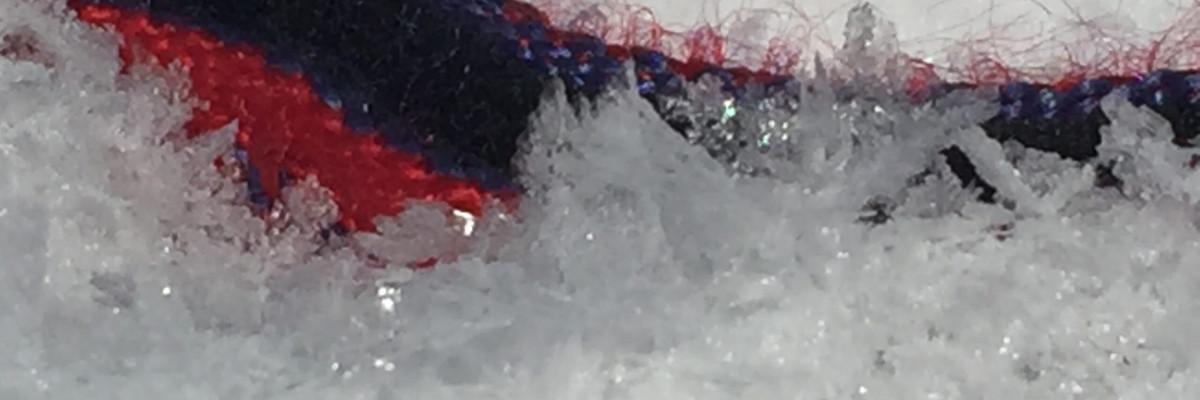The current avalanche danger is MODERATE in the west central Montana backcountry. Evaluate snow and terrain carefully; identify features of concern. Human triggered avalanches are possible.
Good morning, this is Travis Craft with the West Central Montana Avalanche Center’s avalanche advisory for January 14, 2017. This danger rating does not apply to operating ski areas, expires at midnight tonight and is the sole responsibility of the U.S. Forest Service.
Weather and Snowpack
Mountain temperatures range from 2 F to 16 F in the region. Winds are 6 mph with gusts of 9 mph in the Bitterroot. Point Six, in the northern part of the advisory area, winds are reading 17 mph with gusts of 21 mph out of the W. The forecast area received 0 to 3 inches of new snow in the last 24 hours. The new snow had SWE’s ranging from 0 to .3 inches of water.
Steve and I toured in the Rattlesnake yesterday. Jacob and Ed were near Lost Trail Pass. Matt is at Yurtski in the Southern Swan. All observer’s had excellent visibility and stable weather. Everyone found significant surface hoar growth throughout the advisory area. Instabilities in our snowpack are slowly gaining strength, though human triggered avalanches are still possible.
The first avalanche problem is persistent slabs. There are two layers (1.) 2 feet from the surface of near surface facets and (2.) the basal facets on the ground. The layers are gaining strength. All three groups were able to get failures on these layers in compression tests, but ECT’s did not propagate. Matt triggered a small 15 ft by 20 ft soft slab on the near surface facets in the Swan, on an East facing slope in a shallow snowpack near a rock. You need to put your shovel in the snow to see how reactive these layers are. Avoid steep, rocky terrain and slopes with a shallow snowpack.
The second avalanche problem is wind slabs. Matt observed significant cross loading on West facing slopes in the Swan. Steve and I saw wind slabs on North facing slopes in the Rattlesnake. Wind slabs are present in the region, identify them and avoid them.
The final avalanche problem is loose dry avalanches on steep>35-degree slopes. Ed and Jacob observed natural point releases in the Bitterroot. Steve and I found natural sluffs in the Rattlesnake on steep terrain>40-degrees. These should not be a problem to manage unless they carry you into a terrain trap(cliff, rocks or trees).
Avalanche and Weather Outlook
Cold valley temperatures with warmer temperatures in the mountains. Warming trend through the weekend. Our next chance for significant precipitation is Monday evening. Expect the Avalanche danger to stay the same.
If you are out in the backcountry, please send us your observations, these are very helpful in producing the advisory.
I will issue the next advisory on Tuesday, January 17, 2017.
Ski and ride safe.
























